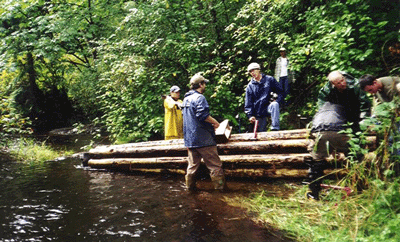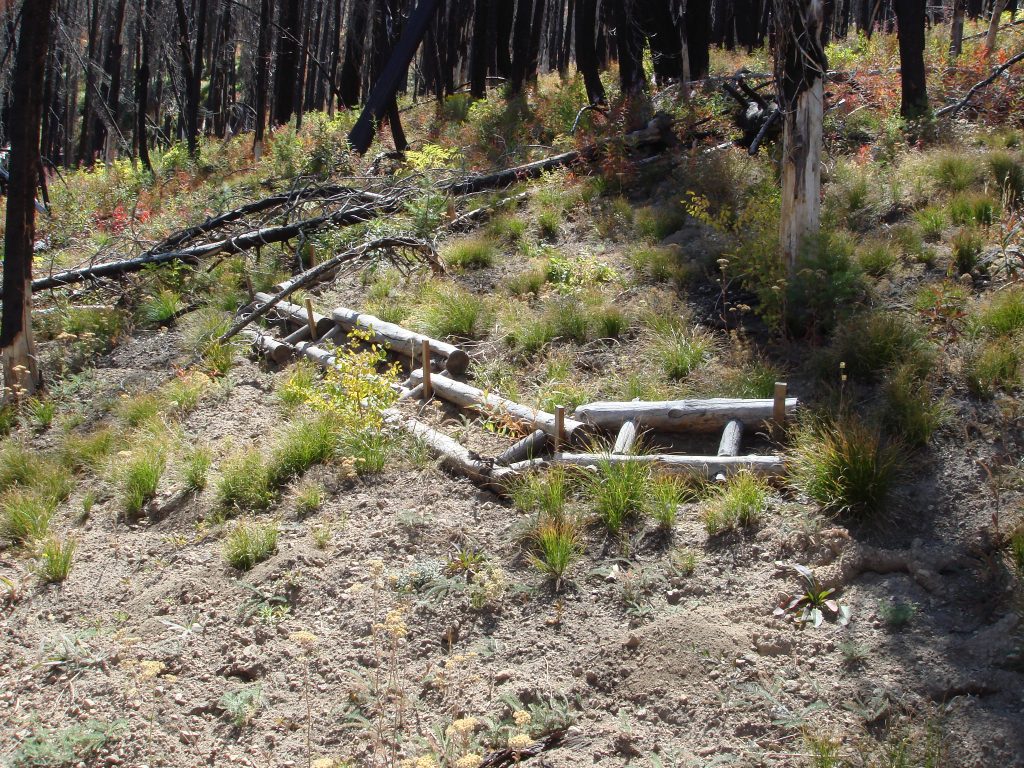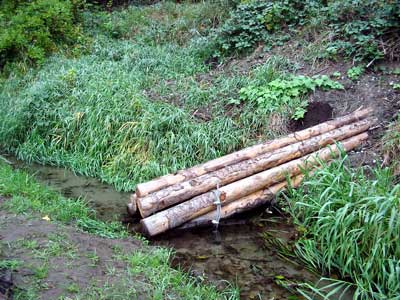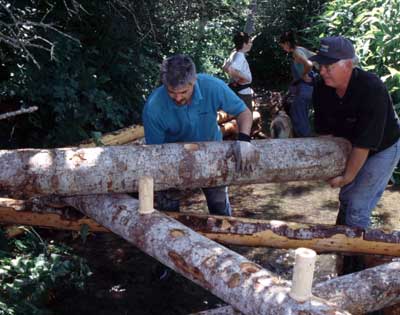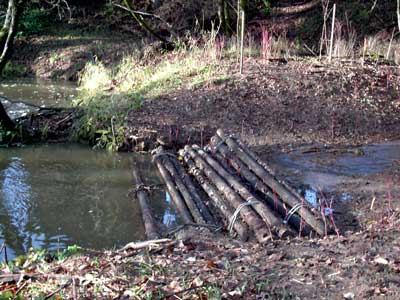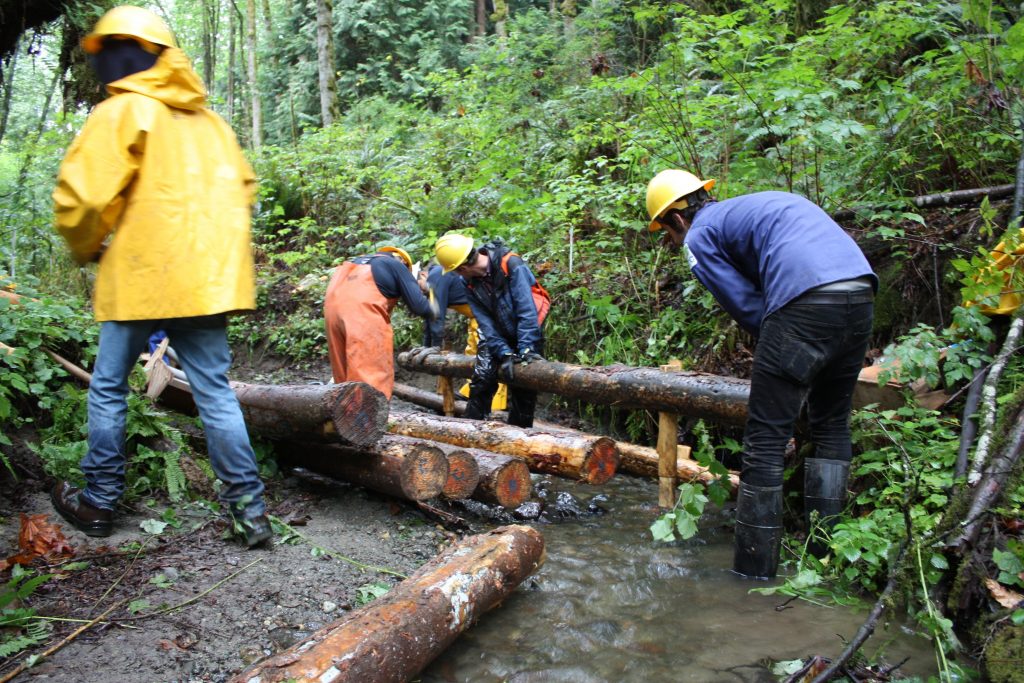Comparison of Erosion Reduction Between Wood Strands and Agricultural Straw
Abstract Agricultural straw is widely used as an erosion mitigation measure on disturbed soils. It has several drawbacks, however, which include increasing intrinsic value, increasing transportation costs, weed source, pesticide residues, and dust. An alternative is wood strands manufactured from small diameter timber or low-value veneer. A study to determine the efficacy of wood strands […]
Comparison of Erosion Reduction Between Wood Strands and Agricultural Straw Read More »



